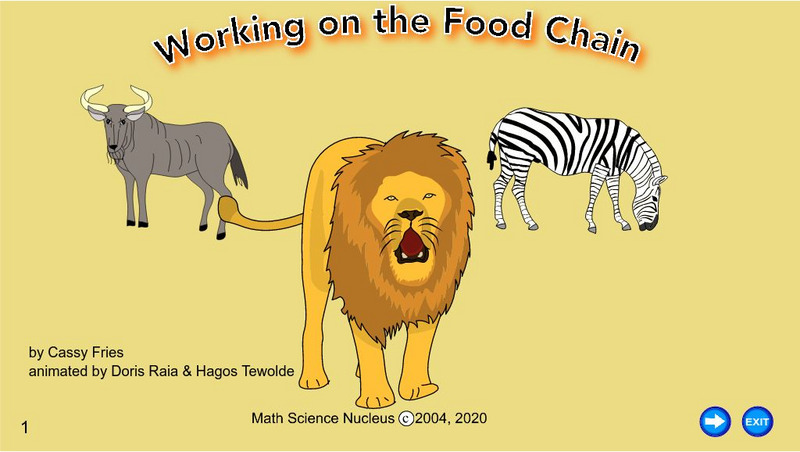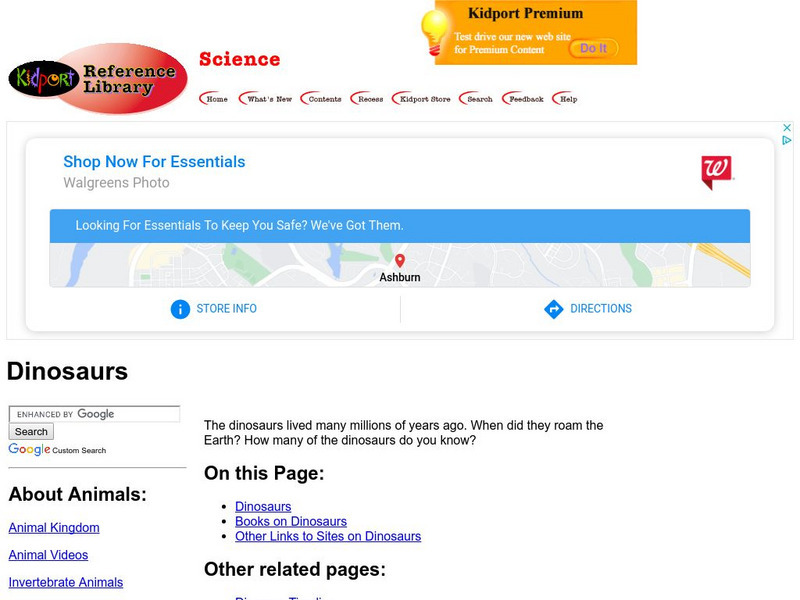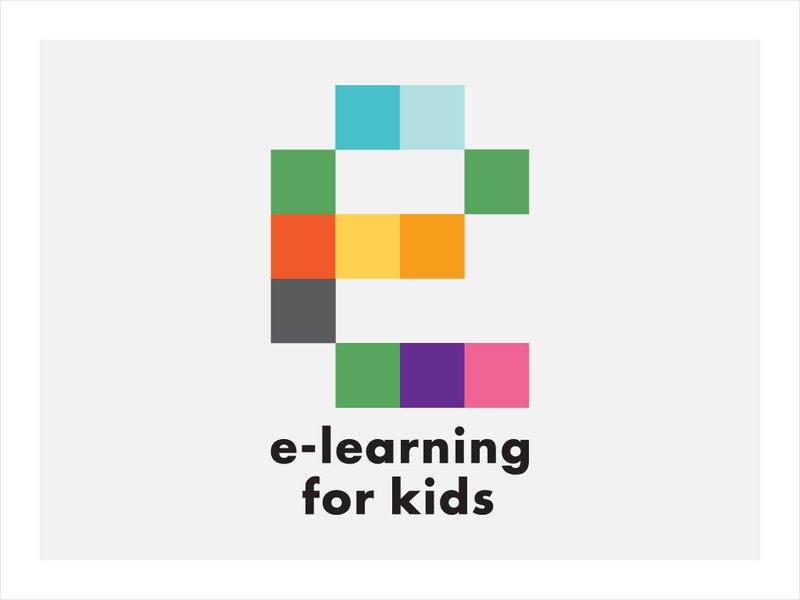Other
Graphic Organizers: Compare and Contrast: Herbivore Carnivore [Pdf]
This simple PDF graphic organizer t-chart will allow students to organize information about how herbivores and carnivores are alike and different. It also gives a photo example of each at the top of the page. Requires Adobe Reader.
Other
Wikipedia: Simple English Wikipedia: Herbivores
An easy-to-read entry on herbivores which explains not only what herbivores are, but also the different kinds of herbivores and their diets.
Earth Life
Earth Life: Mammals: Diet and Digestion
This site discusses the diet and digestion in all sorts of mammals, including herbivores, omnivores, and carnivores. Read about different kinds of animals and their different dietary preferences.
Science and Mathematics Initiative for Learning Enhancement (SMILE)
Smile: Teeth Identification in Omnivores, Herbivores and Carniv
In this lesson plan, students make puppets out of paper bags and use corn to give their animal (dinosaur, raccoon, etc.) the correct type of teeth based on the animal's diet.
CK-12 Foundation
Ck 12: Life Science: 12.17 Consumers and Decomposers
Learn the difference between consumers and decomposers in the ecosystem.
BioEd Online
Bio Ed Online: Food Webs
Young scholars construct possible food webs for six different ecosystems as they learn about the roles of producers, consumers, herbivores, carnivores and decomposers.
ClassFlow
Class Flow: Carnivore Picnic
[Free Registration/Login Required] This flipchart provides some examples to help distinguish between a carnivore, herbivore, and omnivore.
Other
Food Chains and Webs
A very informative site that discusses food chains and webs in detail. Not too complicated and fairly easy to understand, it also includes some pictures.
Smithsonian Institution
Smithsonian Environmental Research Center: Forces of Change: Weaving the Web
The students will become the food web in this fun interactive classroom activity. Detailed instructions, background information, guiding questions, and activity worksheets are provided.
Scholastic
Scholastic Explorers: Endangered Ecosystems
A great site with something for all grades. Do research on rainforests, follow field research on animals in Latin America, and show what you know through interactive assessments. Lots to see on this site which is a collaboration of...
Math Science Nucleus
Math/science Nucleus: Food Chain Animation
This animation discusses the food chain in a storybook format. The chain is described as a cycle and both herbivores and carnivores are discussed.
A-Z Animals
A Z Animals: Reference: Diet
This entry identifies the defining characteristics of the various diets of animals, including those that are herbivores, carnivores and omnivores.
Other
College of Du Page: Energy in an Ecosystem
Ecosystems contain two kinds of commodities: matter (nutrients) and energy. Nutrients cycle through the ecosystem, available for repeated use by organisms. These cycles of use and reuse are called biogeochemical cycles. Energy instead is...
Annenberg Foundation
Annenberg Learner: The Habitable Planet: Ecology Lab
Create the parameters of your own ecosystem by choosing which producers and consumers live there. Visualize how the food web operates and species populations change. This simulator mimics the food web within a typical ecosystem and gives...
TeachEngineering
Teach Engineering: Biodomes
Students explore the biosphere's environments and ecosystems, learning along the way about the plants, animals, resources and natural cycles of our planet. Over the course of lessons 2-6, students use their growing understanding of...
The Association of the British Pharmaceutical Industry
Active Science: Humans and Animals: Food [Pdf]
An interactive online game to explore what animals eat.
Kidport
Kidport: Reference Library: Dinosaurs
A nicely illustrated and informative site on dinosaurs from the Cambrian period until the Quaternary period.
ClassFlow
Class Flow: Energy in the Ecosystem
[Free Registration/Login Required] This flipchart focuses on how plants and animals get energy and different habitats.
PBS
Nh Pbs: Nature Works: Ecosystems
How would you define an ecosystem? Check out this educational resource to learn more about the living and nonliving parts of different ecosystems.
E-learning for Kids
E Learning for Kids: Science: Christmas Island: What Do Animals Eat?
This lesson teaches students the three different types of diets animals may have - herbivore, carnivore, and omnivore.
Science Education Resource Center at Carleton College
Serc: Investigating Ecosystems:determining Feeding Relationships Among Organisms
In this lab, students will complete a field study about feeding relationships between organisms and present their findings in a food web as well as in a written narrative.
PBS
Pbs Teachers:yellowstone: Yellowstone Food Web
Investigate the interdependence of wildlife in the Yellowstone ecosystem and draw an ecosystem showing the interdependence of life forms.
Scholastic
Scholastic: Study Jams! Science: Ecosystems: Food Chains
A video and a short multiple-choice quiz on food chains that explains how energy flows through the chain, beginning with plants.
Scholastic
Scholastic: Study Jams! Science: Ecosystems: Food Webs
A video and a short multiple-choice quiz on food webs that explains the difference between food webs and food chains, and the relationships that exist between organisms.
![Graphic Organizers: Compare and Contrast: Herbivore Carnivore [Pdf] Graphic Graphic Organizers: Compare and Contrast: Herbivore Carnivore [Pdf] Graphic](https://static.lp.lexp.cloud/images/attachment_defaults/resource/large/FPO-knovation.png)

















